Description
SSN1EGSH overview
The EGSH is used to transmit/receive Ethernet services, manage bandwidths, and realize Layer 2 switching of Ethernet services.
Valid Slots
The EGSH must be installed in a valid slot in the subrack. Otherwise, the EGSH fails to work normally.
The EGSH can be installed in slots 2-8 and 11-17, the bandwidth is 10 Gbit/s.
Feature Code
The number code that follows the board name in the bar code is the feature code of the board. The feature code of the EGSH indicates the type of optical interface.
Relationship between the feature code of the EGSH and the type of optical interface
Board |
Feature Code |
Type of Optical Interface |
|---|---|---|
| SSN1EGSH10 | 10 | 1000BASE-SX (0.5 km) |
| SSN1EGSH11 | 11 | 1000BASE-LX (10 km)a |
| a: The G.657A2 fiber jumper is required because the single-mode optical module is used over the interface. | ||
Specifications of the ports
Port type |
Description |
|---|---|
| 1000BASE-LX | 10 km GE two-fiber bidrectional optical interfaces |
| 1000BASE-SX | 0.5 km GE two-fiber bidrectional optical interfaces |








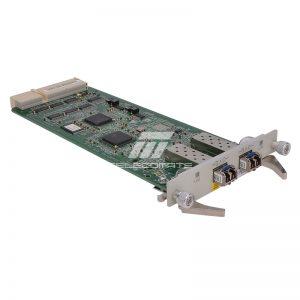
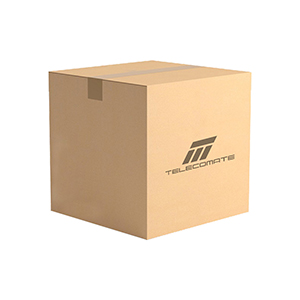


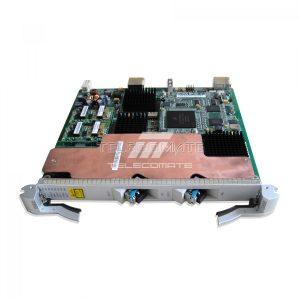
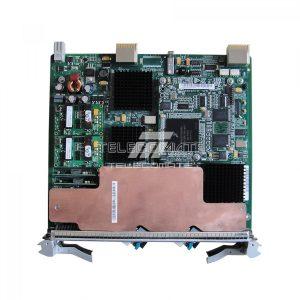
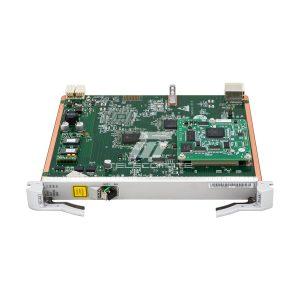
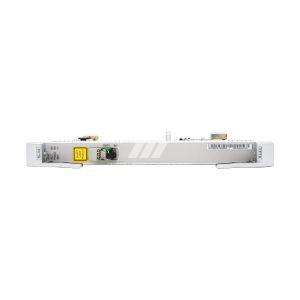
Reviews
There are no reviews yet.